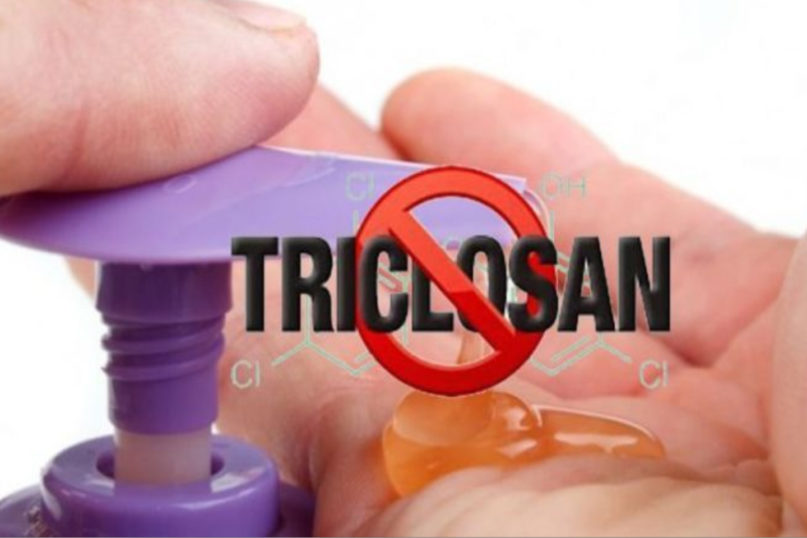
Triclosan is an antibacterial and antifungal agent present in some consumer products, including toothpaste, soaps, detergents, toys, and surgical cleaning treatments.
In previous articles The New Mind Journal has reported on superbugs, which are strains of bacteria that are resistant to the majority of antibiotics commonly used today. But what causes these antibiotic resistant menaces? Researchers have discovered that something you use every day, that is most likely present in your home right now in multiple forms could be the culprit.
What is the name of this lurking menace? Triclosan. What is triclosan? It is an antibacterial and antifungal agent present in some consumer products, including toothpaste, soaps, detergents, toys, and surgical cleaning treatments. Go ahead and start reading the ingredient labels on your products and you will see triclosan listed again and again.
In 2017, the Food and Drug Administration issued a ban of triclosan and similar chemicals from being used in consumer soaps marketed as antimicrobial. The agency cited evidence showing antimicrobial soaps with these ingredients do not actually prevent illness or even kill bacteria any better than a typical bar of soap and hot water. Even more troublesome is a growing pile of research showing that triclosan can help create bacterial superbugs.
So how is it that this common chemical helps breed superbugs? Triclosan stops bacteria in a way that is too like how many antibiotics do the job. So, bacteria that evolve resistance to triclosan also learn how to fend off those other drugs. And since triclosan is present almost everywhere in our environment, it can promote broad antibiotic resistance.
A recent study that was published in Antimicrobial Agents and Chemotherapy, found something even more alarming. Their findings suggest that the effects of triclosan on antibiotics and bacteria happen long before the chemical escapes into the outside world, the chemical affects us internally inside our bodies as well.
The researchers first exposed petri dishes containing strains of UTI-causing 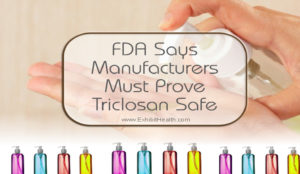 Escherichia coli and methicillin-resistant Staphylococcus aureus (the superbug also called MRSA) to doses of triclosan that are typically found in a consumer product. Then they tried to use common, antibiotics on them. Compared to non-exposed bacteria, the triclosan-battered bacteria were able to tolerate the antibiotics 1,000 times better. The team next did a similar experiment with live mice, finding that bacteria exposed to triclosan could survive in mice up to 100 times better than the control germs.
Escherichia coli and methicillin-resistant Staphylococcus aureus (the superbug also called MRSA) to doses of triclosan that are typically found in a consumer product. Then they tried to use common, antibiotics on them. Compared to non-exposed bacteria, the triclosan-battered bacteria were able to tolerate the antibiotics 1,000 times better. The team next did a similar experiment with live mice, finding that bacteria exposed to triclosan could survive in mice up to 100 times better than the control germs.
“Normally, one in a million cells survive antibiotics, and a functioning immune system can control them. But triclosan was shifting the number of cells,” said lead author of the study and professor of biology at Washington University, Petra Levin. “Instead of only one in a million bacteria surviving, one in 10 organisms survived after 20 hours. Now, the immune system is overwhelmed.”

By: Alexandria Addesso


















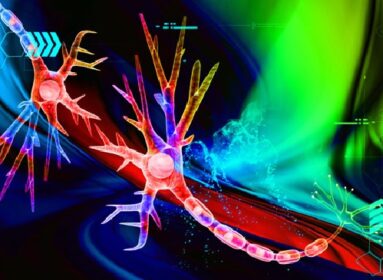
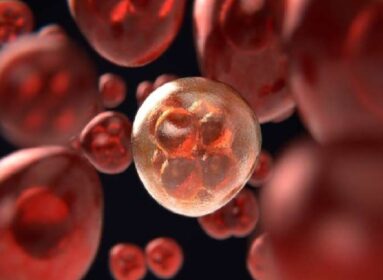
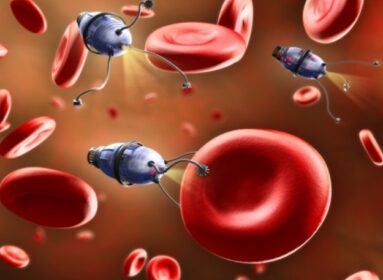










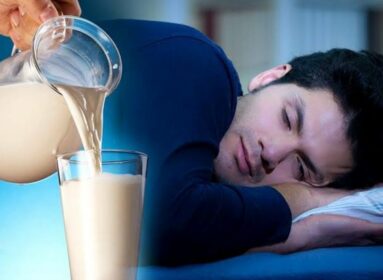




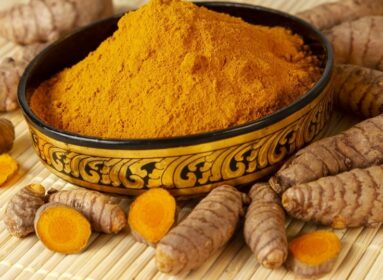


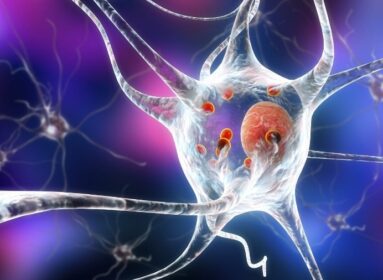

























Comments are closed.